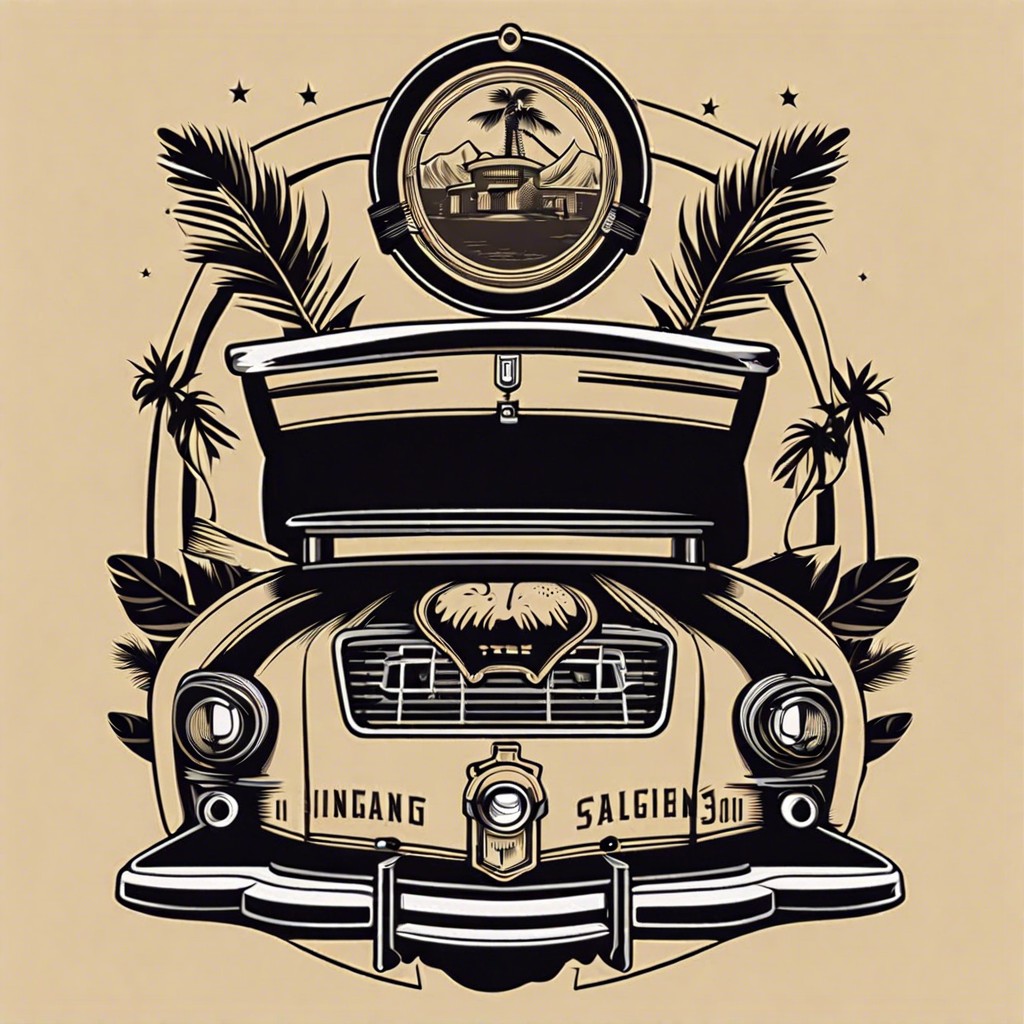Last updated on
This article provides an understanding of vintage analemmatic dials, a historical method of telling time using the position of the sun.
Key takeaways:
- Ancient cultures embraced anal intimacy in varying degrees.
- Renaissance art hinted at anal motifs through symbolism.
- Anal erotic scenes in vintage films were more suggestive than explicit.
- Collecting vintage anal erotica requires ethical considerations and legal compliance.
- Rarity, condition, and cultural influences impact the value of vintage anal erotica.
Understanding Vintage Erotica: A Look At Historical Attitudes Towards Anal Intimacy

Historical attitudes towards anal intimacy vary widely across different cultures and time periods. In ancient Greece, for instance, anal sex was depicted on pottery and believed to be a part of pederastic relationships, which were culturally accepted during that time. However, in many societies, such behaviors have often been considered taboo due to religious and social norms.
During the Victorian era, anal intimacy was rarely discussed publicly. Any erotic imagery from the time typically focused on heterosexual, procreative activities, though some underground vintage erotica suggests a clandestine fascination with the act.
In the early 20th century, with the advent of more explicit materials and the loosening of censorship laws, depictions of anal intimacy became more accessible, reflecting a shift towards greater sexual liberation. This increased visibility paralleled cultural discussions on the nature of sexuality and its various expressions.
Artifacts such as erotic postcards, books, and eventually films, provide insight into how perceptions of anal intimacy have evolved. These historical perspectives contribute to our understanding of the complex nature of human sexuality.
The Evolution of Vintage Erotica and Anal Depictions From Ancient Art to 20th Century Film
Anal themes in erotic representation have a documented history that spans centuries. In ancient times, artifacts like the Greek pottery from the 5th century BC show explicit sexual acts, including anal intimacy, suggesting a varying level of acceptance and interest in such practices. This is also evidenced by Roman frescoes and objects from Pompeii and Herculaneum, where sexual depictions were frank and diverse.
Moving forward into the Medieval period, erotic representations, including anal motifs, became less overt due to prevailing religious and cultural mores which eschewed explicit sexual content.
During the Renaissance, a revival of classical themes saw a cautious reintroduction of the erotic in art. However, such depictions remained nuanced and often symbolic, shrouding direct portrayals in mythological narratives.
The Victorian era, notorious for its prudishness, paradoxically also witnessed a burgeoning underground of erotic materials, including depictions of anal intimacy. This was part of a broader spectrum of taboo subjects explored clandestinely in art and literature.
With the advent of photography and film in the 20th century, erotic representation became more explicit and widely accessible. The emergence of early stag films in the 1920s bore witness to this trend, with anal themes portrayed with increasing frequency and explicitness.
The progression into the 20th century brought both more explicit depictions in film and a challenge to the censorship laws of the time. The anal motif, once covertly suggested or confined to underground channels, began to emerge more visibly in the erotic narrative.
An Examination of Iconic Vintage Performers and Scenes in Anal Erotography
Iconic vintage performers who ventured into anal scenes often broke new ground, navigating uncharted territories in a conservative entertainment landscape. These pioneers faced social stigma yet shifted public perception and set a precedent for future generations. They also mirrored broader societal changes in sexual openness and a slowly increasing acceptance of diverse sexual practices.
The performances were crafted differently from contemporary expectations, with an emphasis on innuendo and suggestion rather than explicit depictions. The artistic approach to such scenes required actors to convey sensuality and eroticism through body language, facial expressions, and a relatively higher degree of narrative integration.
Key scenes of the era were typically less graphic, with filmmakers using clever camera angles, lighting, and shadow play to suggest rather than show explicit content. This subtler approach left much to the imagination and can be seen as an art form in its own right, where implication was a powerful tool.
Scarcity and censorship played roles in the infrequency and subdued tone of these scenes. Prevalent moral codes and the threat of legal action curbed production, distribution, and ownership. Consequently, the rarity of these materials has elevated their status among collectors, historians, and enthusiasts of vintage erotica.
Anal erotography of the past is not solely a subject of titillation but provides insight into changing mores, the human psyche, and the sociocultural context of different time periods. It is through examining these iconic moments and performers that one can appreciate the historical tapestry of erotic expression.
Collecting and Preserving Vintage Anal Erotica: Ethics, Legality, and Historical Significance
Collectors of vintage erotica must navigate a complex landscape of ethical considerations and legal stipulations. The historical significance of such materials lies in their ability to provide insights into the sexual mores and artistic expressions of the past.
Ethics play a central role in the acquisition and display of these artifacts. They should be collected with respect for the individuals depicted and the context in which the works were produced. Collectors should consider the intent behind the erotica, its place within the sexual history discourse, and its cultural sensitivity.
Legality is equally vital, as laws regarding explicit materials have evolved over time and vary by jurisdiction. It’s essential to research and comply with current laws surrounding the possession and distribution of sexually explicit materials to ensure a collection is legally acquired and held.
Proper preservation techniques are crucial to maintaining the condition and authenticity of vintage materials. This involves appropriate storage, handling, and possibly digitalization to prevent degradation while making erotica more accessible for study without compromising the original artifacts.
Lastly, historical significance cannot be overstated. These collections serve an educational purpose, chronicling the changing landscape of human sexuality and societal attitudes towards anal intimacy. They bear witness to the artistic and cultural shifts that inform current perspectives on sexuality.
In summary, ethical collecting, adherence to legal frameworks, dedicated preservation, and acknowledgement of historical significance are the cornerstones of responsible stewardship in the realm of vintage anal erotica.
Market Analysis: The Demand and Value of Vintage Anal Erotica Among Collectors
The market for vintage erotica involves a niche group of collectors, with anal erotica as a distinct and particularly rare subset. Such scarcity can increase value, as items are often coveted due to limited availability. The provenance of these pieces plays a crucial role in their valuation. Collectors typically seek items with a clear and documented history, which guarantees authenticity and legal ownership.
Condition is another key factor—a well-preserved item commands a higher price. This is a common practice within antique collecting, and erotica is no exception. The preservation of paper materials, films, and photographs is assessed with a keen eye for signs of wear, fading, or damage.
Legal considerations are paramount, as the trade and ownership of such materials must comply with current laws. The explicit nature of these items can lead to restrictions or prohibitions in certain regions or countries. Collectors must be well-versed in the legalities to avoid potential infringements.
Lastly, cultural movements and nostalgia can surge interest and value. Periods of revival in fashion and media influence collecting trends. What was once considered taboo may gain acceptance and curiosity over time, thus inflating the market value of these erotic artifacts.




